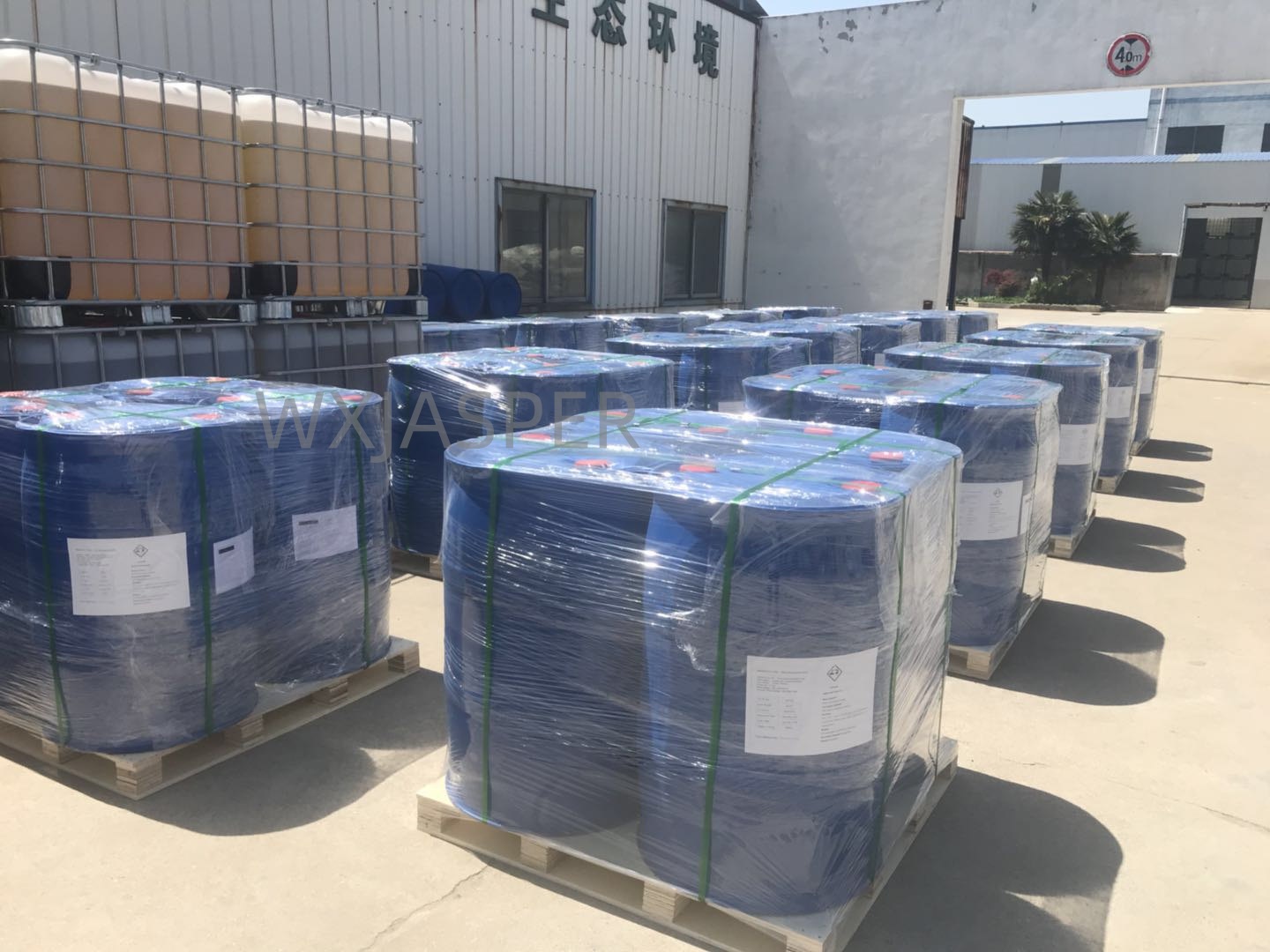Your Location:Home > Products > Solvents > Linear Alkyl Benzene Sulfonic Acid



CasNo: 27176-87-0
MF: C18H30O3S
Appearance: liquid
Delivery Time: 15 days
Packing: 200kg/drum
Purity: 99%
Basic Information
|
Model NO. |
27176-87-0 |
Appearance |
Liquid |
|
Color |
Colorless |
Purity |
99% |
|
Grade Standard |
Industrial Grade |
Specification |
200kg/drum |
|
Transport Package |
Drum |
Origin |
China |
Product Description
Product Name:Linear Alkyl Benzene Sulfonic Acid
CAS No: 27176-87-0
Form: Liquid
Product Application
Household & Industrial Cleaners:? Laundry detergents, dishwashing liquids, hard surface cleaners, industrial cleaners, providing excellent detergency, foaming, and wetting power.
Personal Care:? Some shower gels and shampoos (though largely replaced by milder surfactants in premium products due to its irritancy potential).
Textile & Leather Industry:? Used as a scouring agent, dyeing auxiliary, and wetting agent.
Agrochemicals:? Acts as an emulsifier and dispersant.
Construction Industry:? Used as a cement water reducer and foaming agent.
Packaging
200Kg/Drum
Storage
Store in a cool, dry, well-ventilated area away from alkalis and oxidizing agents. LABSA is highly corrosive; storage containers must be acid-resistant.